What do Day of the Dead Colors and Symbols Mean?
Inside: A guide to Day of the Dead colors and symbols, with different interpretations of what they represent.
From the outside, it might seem strange: Day of the Dead is a time dedicated to remembering loved ones who have passed on. It’s also a colorful, vibrant holiday.
But when we remember that Day of the Dead is a celebration of life lived– not just mourning lost lives– it makes more sense.
Popular movies like Coco and The Book of Life have captured the imagination of people all over the world, and open up questions about what it all means.
This post focuses on the festive sights and colors, as they welcome souls from the afterlife who are visiting their loved ones during these two special days of the year.
Related: 50 Day of the Dead Activities
Day of the Dead is most famous as a Mexican holiday, but it’s celebrated in different ways across most of Latin America on November 1st and 2nd.
In Mexico, the day stems from ancient Aztec beliefs about the afterlife. The vibrant colors hearken back to Aztec times, now mixed in with Catholic traditions.
Halloween shares some colors with it, along with allusions to skeletons and night time. However, the two holidays are very different.
Day of the Dead Colors
Let’s take a tour of the main Day of the Dead colors you’ll find throughout the celebrations, and what they represent. These colors appear in homemade altars, sugar skulls, processions, graveyards, and other decorations.

Orange (naranja)
Bright orange might be the most iconic color. It’s found in the many marigolds, or flowers of death (flores de cempasúchil – flores de muerto) that decorate altars.
The orange marigold petals are often strewn as paths leading to graveyards, with their color and scent beckoning souls to follow.
Meanings:
- Orange is said to be the only color that visiting souls from the afterlife can see.
- Symbolizes the light of the sun.
Purple (morado)
Purple is used in papel picado and other decorations.
Meanings:
- Purple is linked to Christian beliefs, and is commonly used to symbolize the death of Jesus.
- In both Catholic and ancient traditions, purple symbolizes grief, acknowledging loss on the part of the family.
Yellow (amarillo)
Yellow is seen in the many candles lighting up altars, processions, and graveyards.
Meanings:
- Symbol of light.
- Yellow, in candle flames, can represent each soul honored and remembered on a family’s altar.
- Yellow honors those who died at an older age.
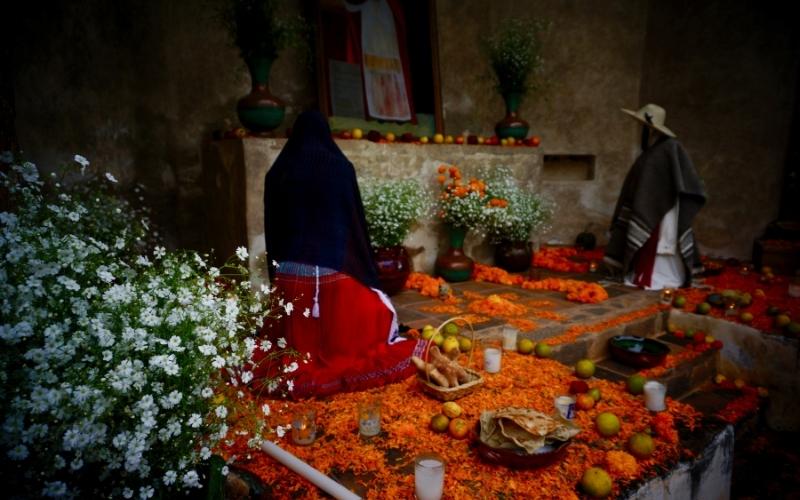
White (blanco)
White is found in many of the items for Day of the Dead: candles, sugar skulls, tablecloths, and white flowers used to create paths.
Meanings:
- Symbolizes of purity, hope, and death.
- White can symbolize the innocence of the souls of babies.
Pink (rosado)
While purple represents grief, pink is a color that shows the happiness people feel from being connected to their loved ones during Day of the Dead.
Meanings:
- Symbol of joy.
Blue (azul)
Meanings:
- Element of water, which thirsty souls might need upon their arrival.
- Honors souls who were lost in water.
Red (rojo)
Meanings:
- Symbolizes the blood of life.
- Can symbolize the blood of Jesus, for certain Christians.
- Honors souls who died in battle and mothers lost in childbirth.
More Day of the Dead color meanings:
Green (verde)
Meanings:
- Honors souls who passed on while still young.

Black (negro)
Black is not actually one of the main Day of the Dead colors, but it can be found in some elements, such as La Catrina.
Meanings:
- Can represent the Mictlan, the Land of the Dead, from PreHispanic traditions.
Day of the Dead Symbols
What are other typical elements you might see during Día de los muertos? Here are some common terms to know about.
altars (Ofrendas)
An altar is a sort of shrine that families set up in their home. The base is usually a table or other surface draped with a cloth, and filled with significant objects. The objects reflect the four elements of water, wind, earth, and fire.
You see, at the core of the whole tradition lies one very special element: the altar de muertos, or ofrenda, a colorfully decorated surface where a bunch of offerings are placed in order to honor the dead and symbolically invite them back home to their family, if only for the day. It’s a truly lovely custom meant to celebrate and commemorate the deceased rather than mourn their passing.
– Cultura Colectiva
Here are common items you might see on an altar:
- Candles, to light the way.
- Marigolds
- Pan de muerto, a sweet bread that represents earth (for some, the body of Jesus as well).
- Photographs of deceased loved ones
- Glass of water for thirsty souls
- Plate of food, with favorite foods for the souls
- Sugar skulls
- Personal items that represent the departed soul
- Salt, in the form of a cross, representing north, south, east and west
- Incense, to scare away bad souls and help with prayer
- Papel picado, or brightly colored tissue paper with cut-out designs
- Tequila
Note: Pan de muerto is commonly included in Mexico. Other places, such as Andean communities in South America, put out bread in the shape of dolls, knowns as tantawawas.
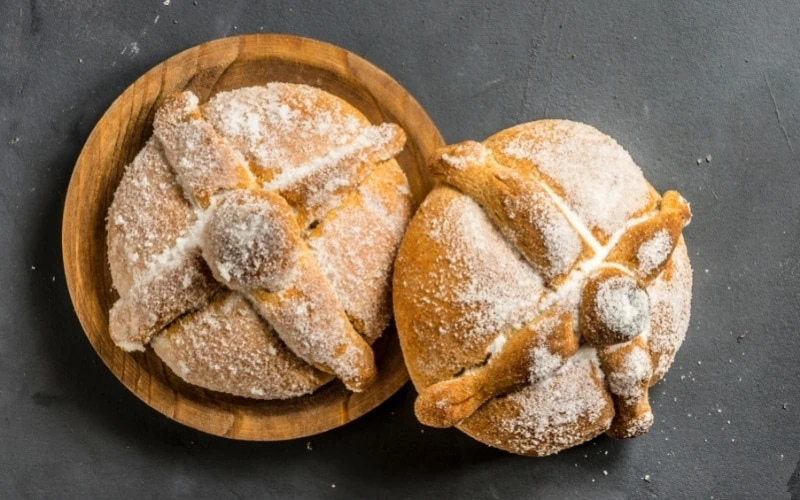

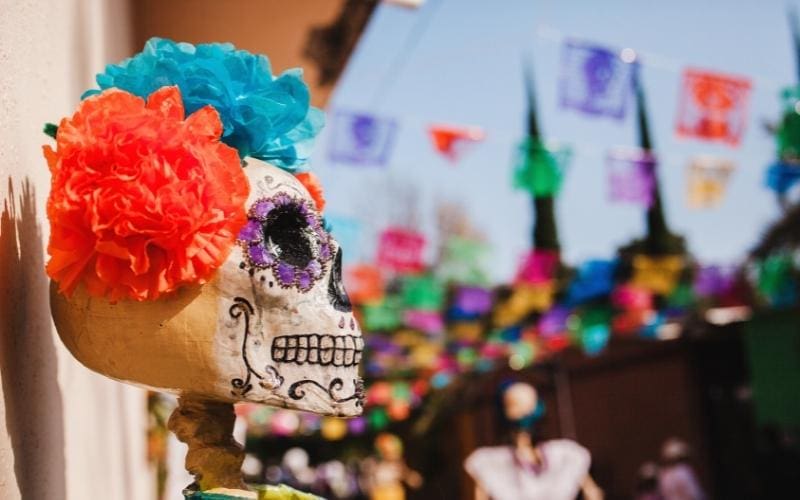
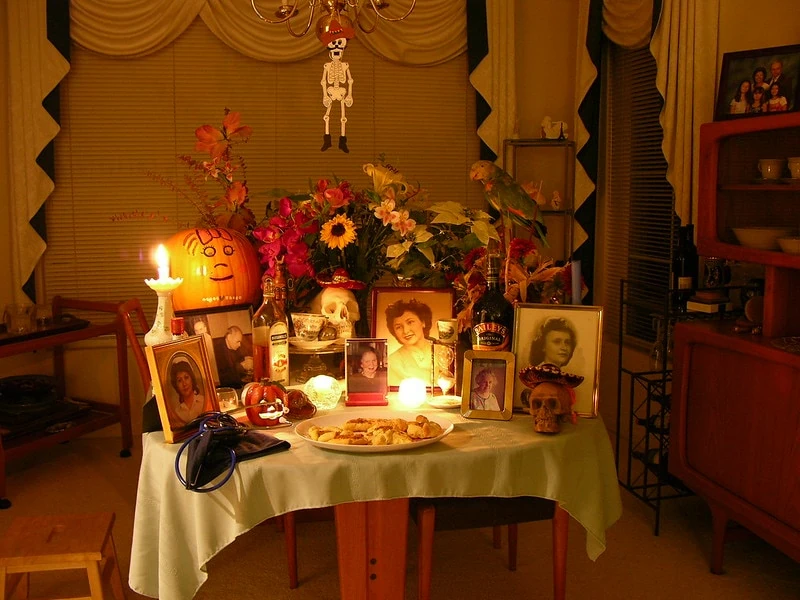

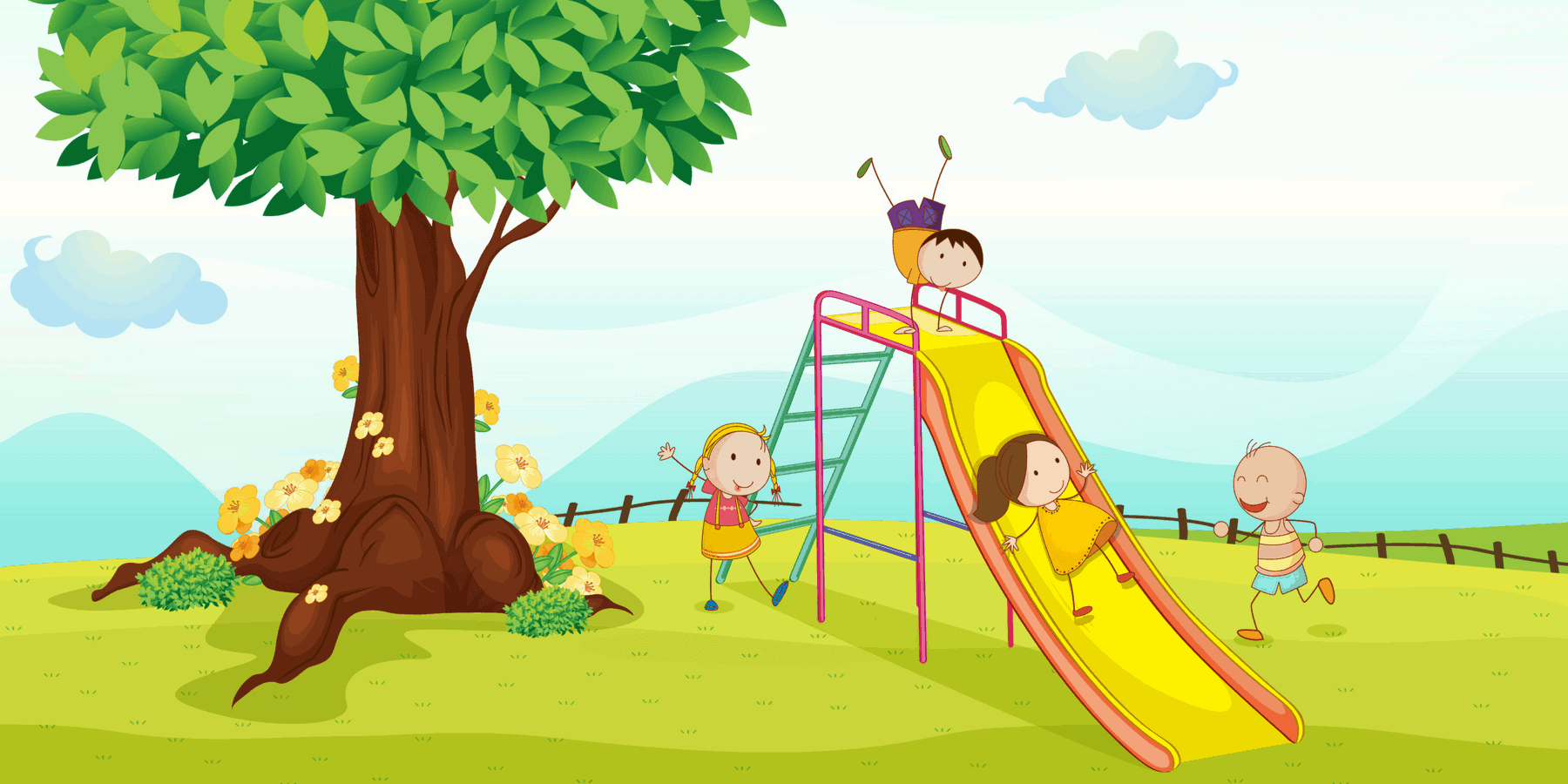
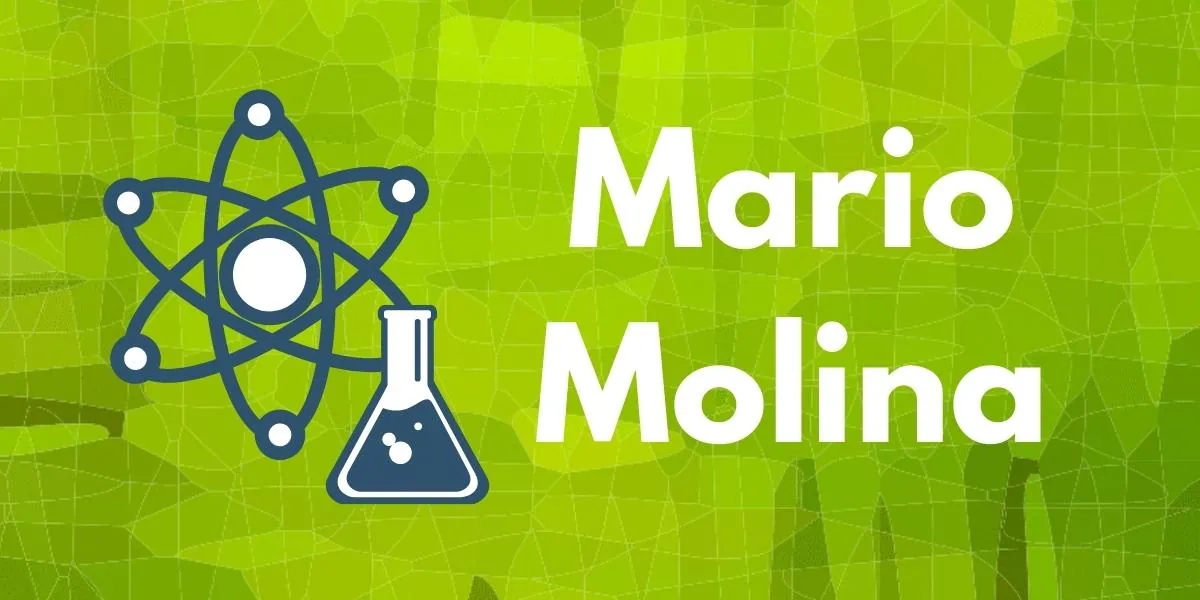
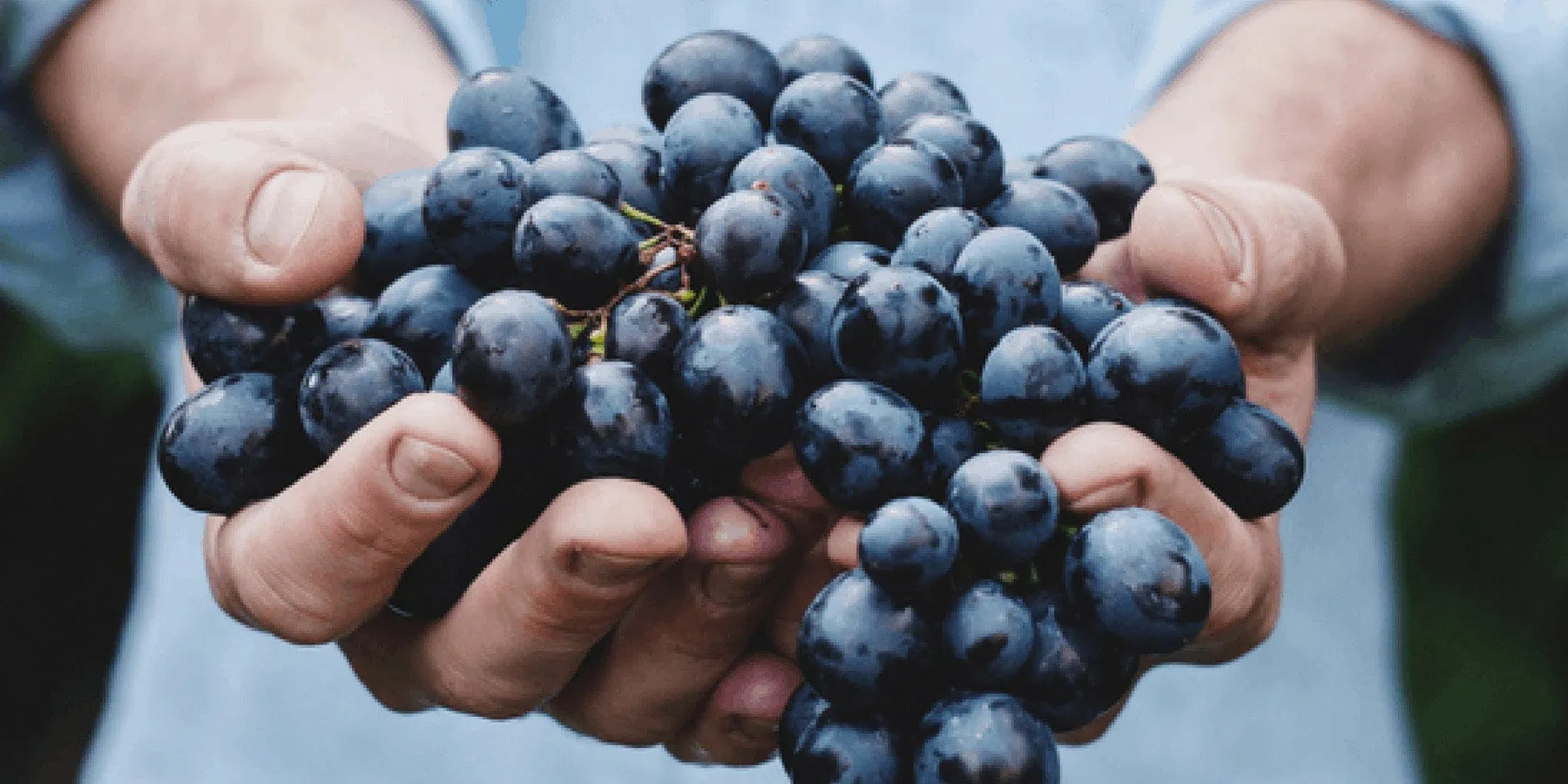
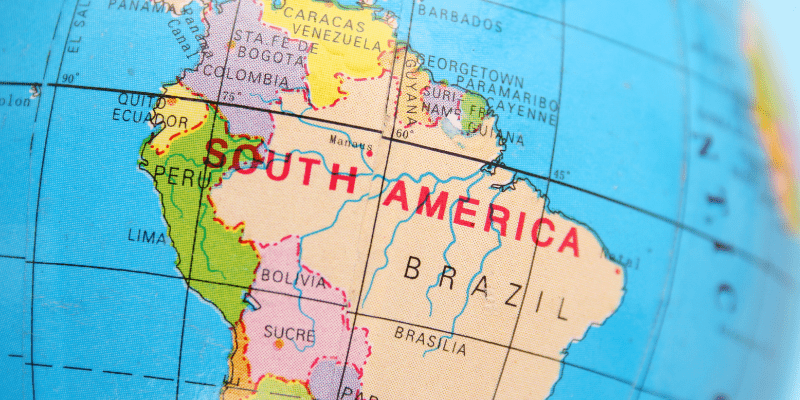
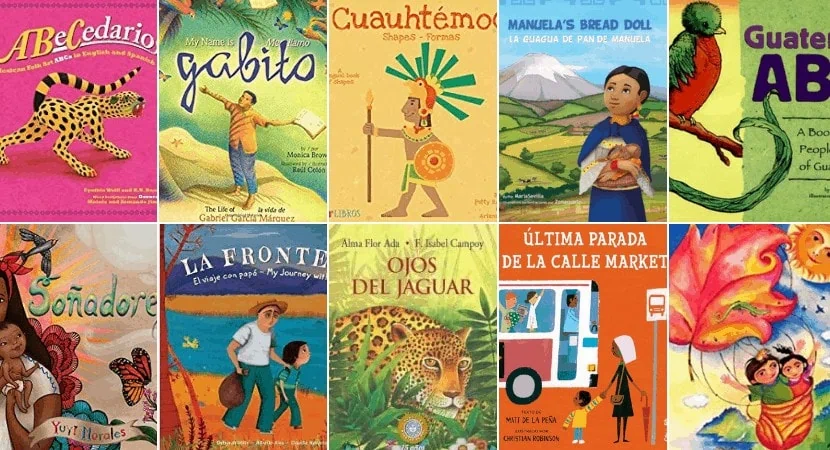
Could I wear a long green dress for the day of the dead?
Thanks Elizabeth !